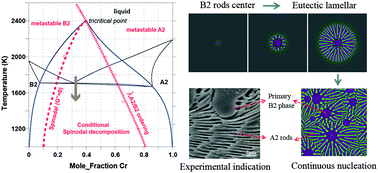I recently had a Rapid Communication accepted at Physical Review E. This paper represents several years of effort while I was at Samsung to develop a model of the growth of metal dendrites during electrodeposition. In addition to looking pretty, understanding how these dendrites grow is important for making rechargeable batteries with significantly higher energy density than current technologies. The dendrites eventually cause a short-circuit during cycling when a metal electrode is used. In this paper I constructed a phase-field model that accurately captures many of the observed features of electrodeposits. This will be a valuable tool for mitigating dendrite growth, particularly for pulsed charging. The model provides an estimate of the time at which the interface becomes unstable, and could be used to optimize the pulse time while still maintaining a flat interface. The video on the right shows one of the simulations that is presented in the paper. The blue lines are electric field lines, which indicate the direction of migration of ions in the electrolyte (white). The video shows that, after a short period of stable growth, the interface becomes unstable. The electric field concentrates at protruding tips, causing them to grow faster and shield the nearby electrode. When the field at a tip gets too high, the tip splits and the process repeats. Quantitative phase-field modeling of dendritic electrodeposition

